Ca++Mg++-ATPase Activity Assay Kit
Note: Take two or three different samples for prediction before test.
Operation Equipment: Spectrophotometer
Cat No: BC0960
Size: 50T/24S
Components:
Reagent I: Liquid 30 mL×1. Storage at 4℃.
Reagent II: Liquid 4 mL×1. Storage at 4℃.
Reagent III: Powder×2. Storage at -20℃. Dissolve thoroughly with 1 mL of distilled water before use. The rest reagent can be kept at -20℃ for one week.
Reagent IV: Liquid 2 mL×1. Storage at 4℃.
Reagent V: Powder×1. Storage at 4℃. Dissolve thoroughly with 3 mL of distilled water before use. Reagent VI: Powder×1. Storage at 4℃. Dissolve thoroughly with 15 mL of distilled water before use, can be kept at 4℃ for one week.
Reagent VII: Powder×1. Storage at 4℃. Dissolve thoroughly with 15 mL of distilled water before use, can be kept at 4℃ for one week.
Reagent VIII: Liquid 15 mL×1. Storage at RT.
Standard solution: Liquid 1 mL×1. 10 μmol/mL standard phosphorus liquid, storage at 4℃.
0.5 μmol/mL standard phosphorus working solution: Dilute the 10 μmol/mL standard 20 times with distilled water to 0.5 μmol/mL standard. For example: add 1.9 mL of distilled water to 0.1 mL of standard, mix thoroughly.
Phosphorus fixing reagent:
Prepare reagents for determining phosphorus content: make solution as the volume ratio of H2O: Reagent VI: Reagent VII: Reagent VIII =2:1:1:1, which should be light yellow. It shows lose efficacy if color is changed, phosphorus pollution if color is change to blue. Prepare the reagent when it will be used.
Note: It is better to use new beakers, glass rods and glass pipettes or disposable plastic ware when making reagent to avoid phosphorus pollution.
Product Description:
Ca++Mg++-ATPase is widely distributed in plants, animals, microorganisms and cells, which catalyzes the hydrolysis of ATP to form ADP and inorganic phosphorus.
Ca++Mg++-ATPase decomposes ATP to produce ADP and inorganic phosphorus. The activity of ATPase can be detected by measuring the amount of inorganic phosphorus.
Reagents and Equipment Required but Not Provided:
Spectrophotometer, desk centrifuge, adjustable pipette, water bath, 1 mL glass cuvette, mortar/homogenizer, ice and distilled water.
Procedure:
I. Sample preparation:
- Bacteria or cells:
Collecting bacteria or cells into a centrifuge tube, centrifugation, and discard supernatant. Suggest add 1mL of Reagent I to 5 million of bacteria or cells. Use ultrasonic to splitting bacteria and cells (placed on ice, ultrasonic power 20%, working time 3 seconds, interval 10 seconds, repeat for 30 times). Centrifuge at 8000 ×g for 10 minutes at 4℃ and take the supernatant on ice before testing.
- Tissue:
Add 1 mL of Reagent I into 0.1 g of tissue, fully grinding on ice. Centrifuge at 8000 ×g for 10 minutes at 4℃ and take the supernatant on ice before testing.
- Serum: Directly
II. Determination:
- Preheat spectrophotometer for 30 minutes, adjust the wavelength to 660 nm, set the counter to zero with distilled water.
- Add the following reagents to EP tube:
| Reagent (μL) | Control tube (C) | Test tube (T) |
| Reagent I | 130 | 90 |
| Reagent II | 80 | 80 |
| Reagent III | 40 | 40 |
| Reagent IV | 40 | |
| Sample | 200 | |
| Mix thoroughly, then place the reaction solution in a 37℃ (mammal) or 25℃ (other species) water bath for 10 minutes. | ||
| Reagent V | 50 | 50 |
| Sample | 200 | |
| Mix thoroughly, centrifuge at 4000 ×g for 10 minutes at room temperature, take the supernatant. | ||
- Determination of phosphorus content, add the following reagents to 1.5 mL EP tube:
| Reagent (μL) | Blank tube (B) | Standard tube (S) | Control tube (C) | Test tube (T) |
| 0.5 μmol/mL standard phosphorus liquid | 100 | |||
| Supernatant | 100 | 100 | ||
| Distilled water | 100 | |||
| Reagents for determining phosphorus content | 1000 | 1000 | 1000 | 1000 |
Mix thoroughly, then place the mix solution in a 40℃water bath for 10 minutes. Cooling to room temperature and detect the absorbance at 660 nm. The blank tube and standard tube just need one or two tubes.
III. Calculation:
- Serum:
Unit definition: One unit of enzyme activity is defined as the amount of enzyme catalyzes the decomposed of ATP to produce 1 μmol of inorganic phosphorus per hour every milliliter of serum.
Ca++Mg++-ATPase (U/mL)=Cs×[ΔA(T)-ΔA(C)]÷[ΔA(S)-ΔA(B)]×Vrv÷s÷T
=7.5×[ΔA(T)-ΔA(C)]÷[ΔA(S)-ΔA(B)]
2. Tissue, bacteria, or cells
- Protein concentration:
Unit definition: One unit of enzyme activity is defined as the amount of enzyme catalyzes the decomposed of ATP to produce 1 μmol of inorganic phosphorus per hour every milligram of tissue protein.
Ca++Mg++-ATPase (U/mg prot)=Cs×[ΔA(T)-ΔA(C)]÷[ΔA(S)-ΔA(B)]×Vrv÷(Vs×Cpr)÷T
=7.5×[ΔA(T)-ΔA(C)]÷[ΔA(S)-ΔA(B)]÷Cpr
- Sample weight:
Unit definition: One unit of enzyme activity is defined as the amount of enzyme catalyzes the decomposed of ATP to produce 1 μmol of inorganic phosphorus per hour, every milligram of tissue.
Ca++Mg++-ATPase (U/g weight)=Cs×[ΔA(T)-ΔA(C)]÷[ΔA(S)-ΔA(B)]×Vrv÷(Vs÷V1×W)÷T
=7.5×[ΔA(T)-ΔA(C)]÷[ΔA(S)-ΔA(B)]÷W
- bacteria or cells
Unit definition: One unit of enzyme activity is defined as the amount of enzyme catalyzes the decomposed of ATP to produce 1 μmol of inorganic phosphorus per hour every 10000 cells or bacteria.
Ca++Mg++-ATPase (U/104cell )=Cs×[ΔA(T)-ΔA(C)]÷[ΔA(S)-ΔA(B)]×Vrv÷(Vs÷V1×500)÷T
=0.015×[ΔA(T)-ΔA(C)]÷[ΔA(S)-ΔA(B)]
Cs: Concentrate of standard tube, 0.5 μmol/mL;
Vrv: Total reaction volume, 0.5 mL; Vs: Sample volume, 0.2 mL;
Cpr: Sample protein concentration (mg/mL); T: Reaction time (min), 1/6 hour;
W: Sample weight (g);
Vl: Volume of reagent I, 1 mL;
500: The amount of bacteria or cell, 5 million.
Note
- This kit can detect 24 tubes of Ca++Mg++ -ATPase samples in 50 tubes for each sample need one tube as control.
- This method has the characteristics of trace, sensitive and rapid. The test tubes used for determination are phosphate-free strictly. Avoiding phosphorus pollution is the key to the success of detection.
Experimental example:
- Take of pancreas and add 1 mL of Reagent I for ice bath homogenization. After centrifugation at 4℃ for 10 min, the supernatant is put on the ice and operated according to the determination steps. ΔAT = 0.916-0.389=0.527, ΔAS =0.398-0.004=0.394
Ca++Mg++- ATPase activity (U/g mass) = 7.5 × ΔAT ÷ΔAS ÷ W = 100.32 U/g mass.
- Take 0.1g of willow and add 1 mL of Reagent Ⅰ for ice bath homogenization. After centrifugation at 4℃ for 10 min, the supernatant is put on ice and operated according to the determination steps. The ΔAT=0.137-0.124=0.013, and the ΔAS=398-0.004=0.394
Ca + + Mg + + – ATPase activity (U/g mass) = 7.5×ΔAT ÷ ΔAS ÷ W = 2.47 U/g mass.
References
[1] Datiles M J, Johnson E A, McCarty R E. Inhibition of the ATPase activity of the catalytic portion of ATP synthases by cationic amphiphiles[J]. Biochimica et Biophysica Acta (BBA)-Bioenergetics, 2008, 1777(4): 362-368.
Related Products
BC0060/BC0065 Na+K+ — ATPase Activity Assay Kit
BC0300/BC0305 ATP Activity Assay Kit
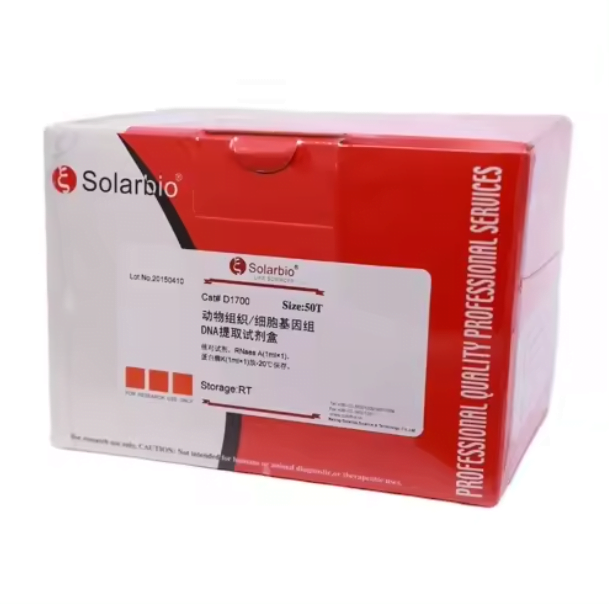
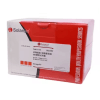
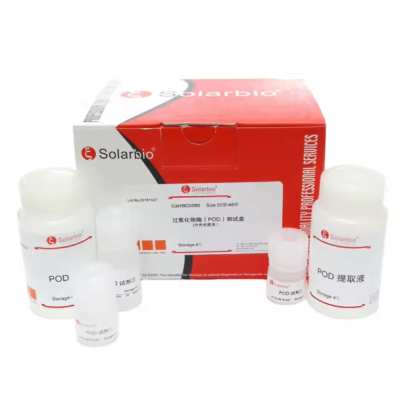
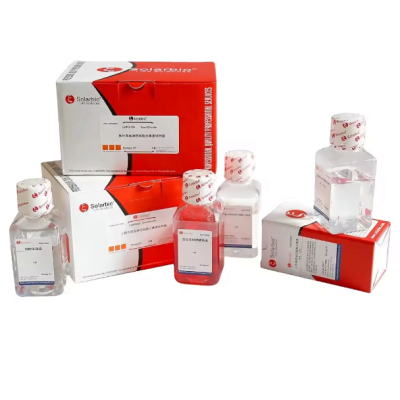
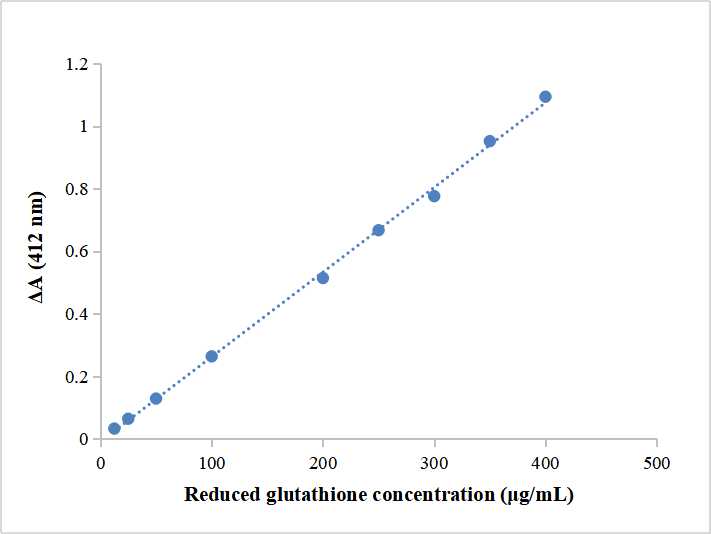
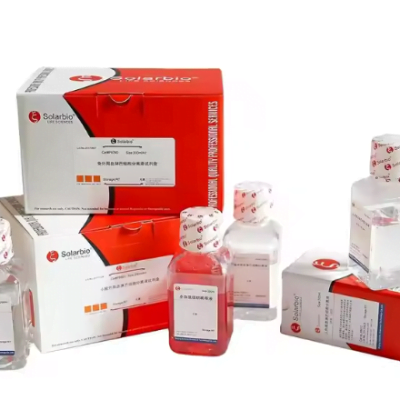
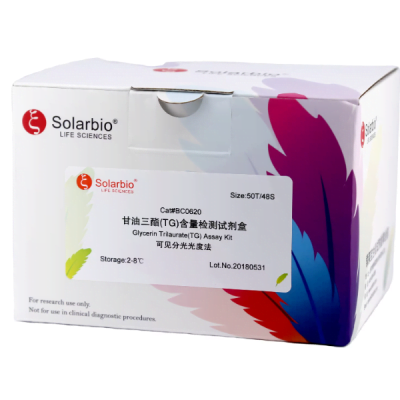
Reviews
There are no reviews yet.